Nearly 30 years ago, G3 broke into the winter backcountry market with an avalanche probe trusted by guides all over the world. Since 1995, G3’s goals as a brand have remained the same: design and produce innovative, durable and reliable equipment for backcountry enthusiasts and professionals, alike, to depend on day in and day out. That same sentiment carries over to G3’s alpine touring bindings, the ION and the ZED.
The OG of the G3 binding lineup, the design of ION has hardly changed since its inception because it continues to prove tried and true.
“G3 was at the core of the telemark wave of the early 2000’s. We took a big leap developing AT bindings with the ONYX and then the ION,” says Jerrica Dieber, the marketing and PR director for G3. “Our unique toe geometry in all of our bindings is engineered for the dynamic energy skiing creates. The shape and springs can absorb the energy that can cause pre-release in traditional pin bindings.”
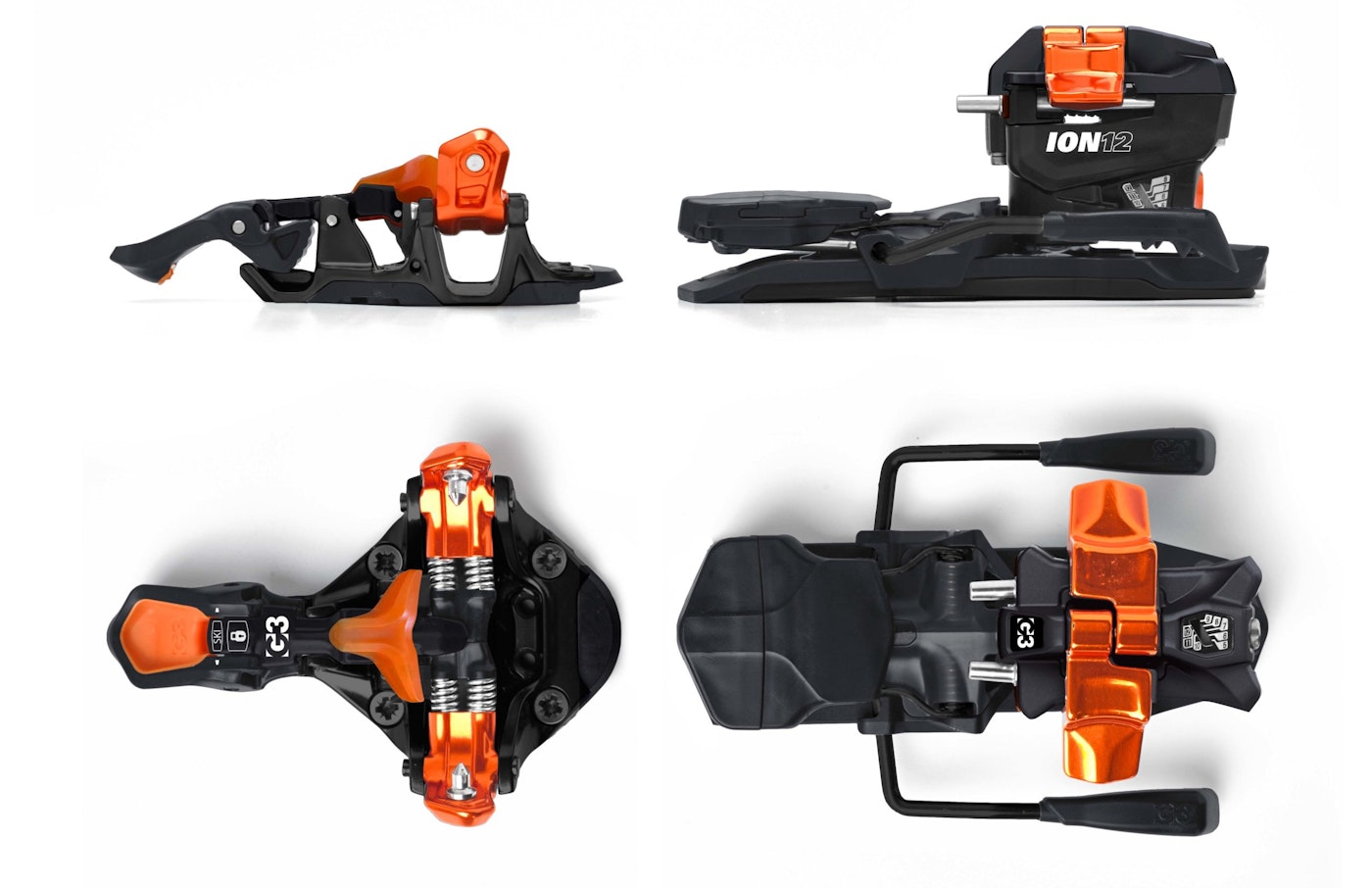
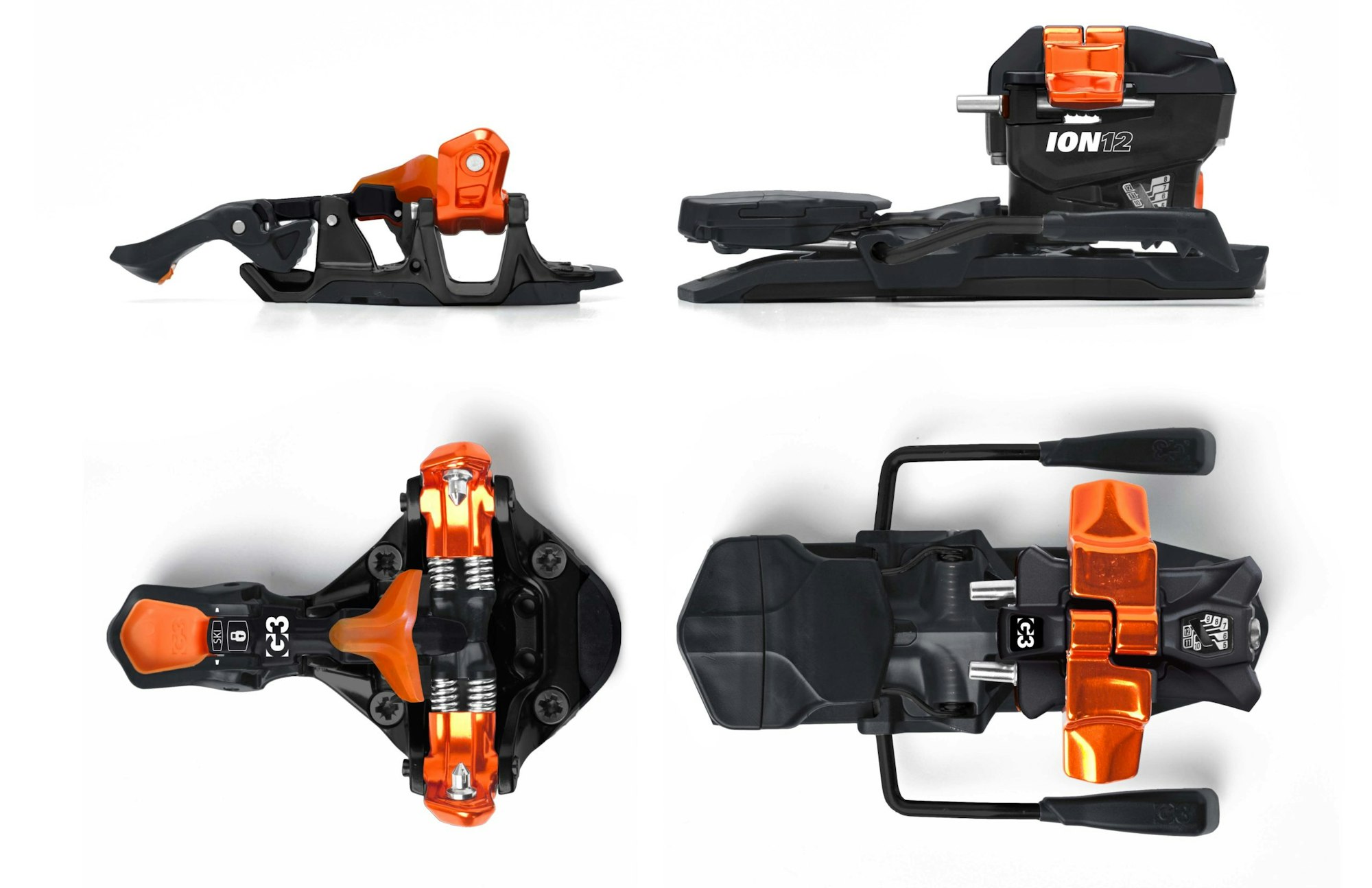
The brand’s slightly heavier option for those looking for a stout backcountry binding, the ION features generous forward pressure and optimal energy absorption to keep you confident, no matter the conditions. The prime choice for those who find themselves bouncing in and out of bounds, the ION is beefy enough to charge while maintaining a comfortable weight for walking uphill.
Quick-flick heel lifts make adjusting your heel riser height a simple task and purposefully placed channels in the toe piece reduce the chance of ice and snow build-up, therefore lowering the likelihood of pre-releasing. For mounting and adjusting the ION, all you need is a PoziDriv #3 for simplicity’s sake. Unchanged from an engineering perspective, the only difference in this year’s ION is the paint job, rocking a black and orange color scheme. Note: the orange pieces are what you can adjust.
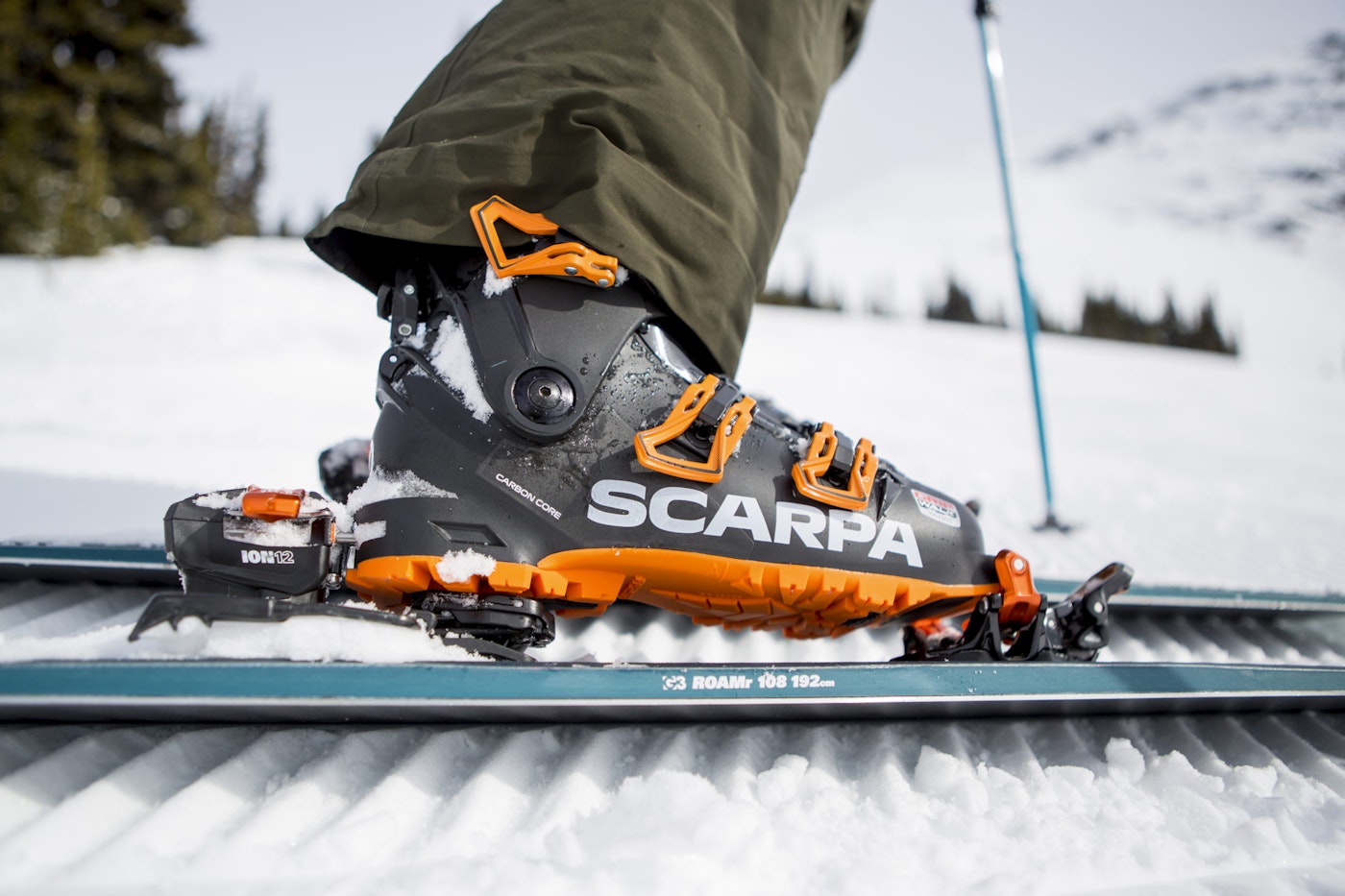
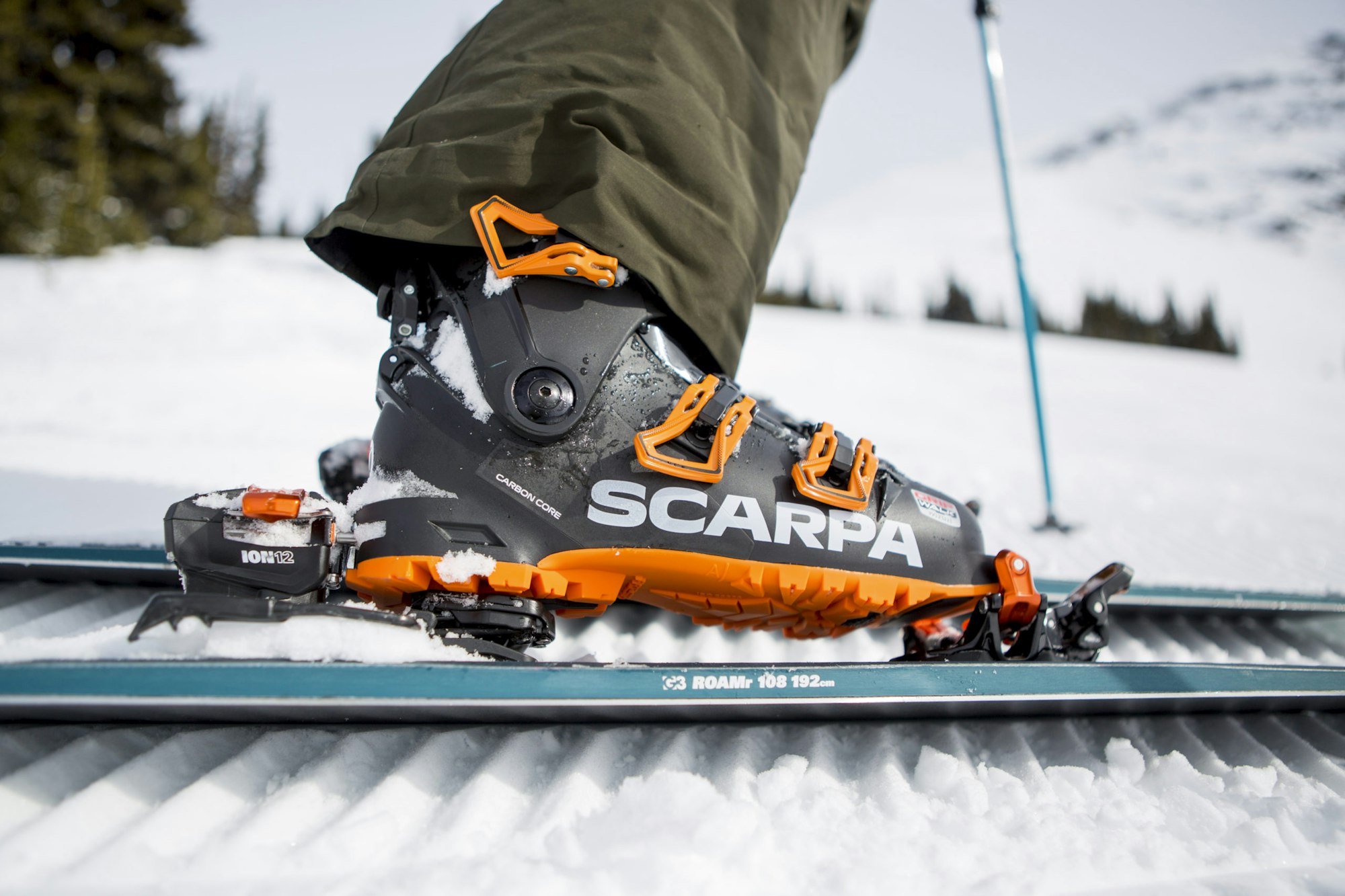
If you’re someone who counts every last gram, G3’s ZED may be the backcountry binding for you. Built from the bones of the ION, the ZED stretches the limit of a fully featured binding at the lightest weight possible.
“The engineering team was looking, as always, to push the limits of what a backcountry binding can do without ever sacrificing on quality,” says Dieber of the ZED. “G3 is not in the business of getting into the ski-mo super lightweight category, the brand wants fully featured gear while also seeing how light it can go without sacrificing what you can do in the backcountry.”


From an engineering standpoint, the ZED toe is a more minimalist version of the ION and the heel piece is where the two really come to differ. With fewer springs, the heel of the ZED is lighter than the ION to begin with and then you can make it even lighter by removing the brake. But, if you’re someone who is keen on cliff drops, you can add a stomping pad to better absorb energy without the brake. Keeping things simple, the ZED is also adjustable with just a Pozi #3. Most notably, however, is the single-screw adjustment for both the vertical and lateral release.
“Most bindings you need to adjust for the vertical release and then adjust a different screw for the lateral release, but the way that the ZED is engineered, that spring does both,” says Dieber. “It’s so handy, you do one adjustment and it takes care of both of those release values.”
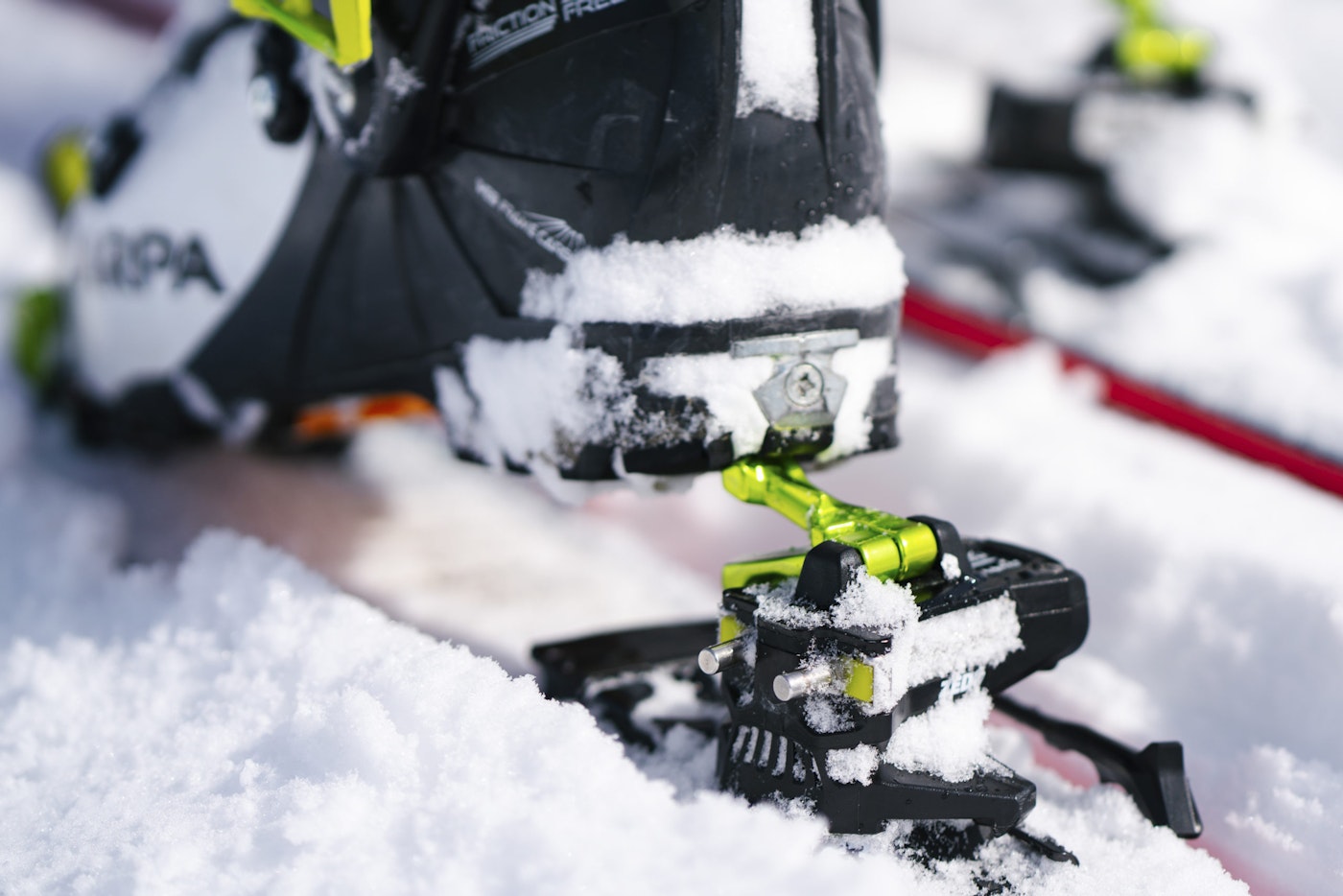
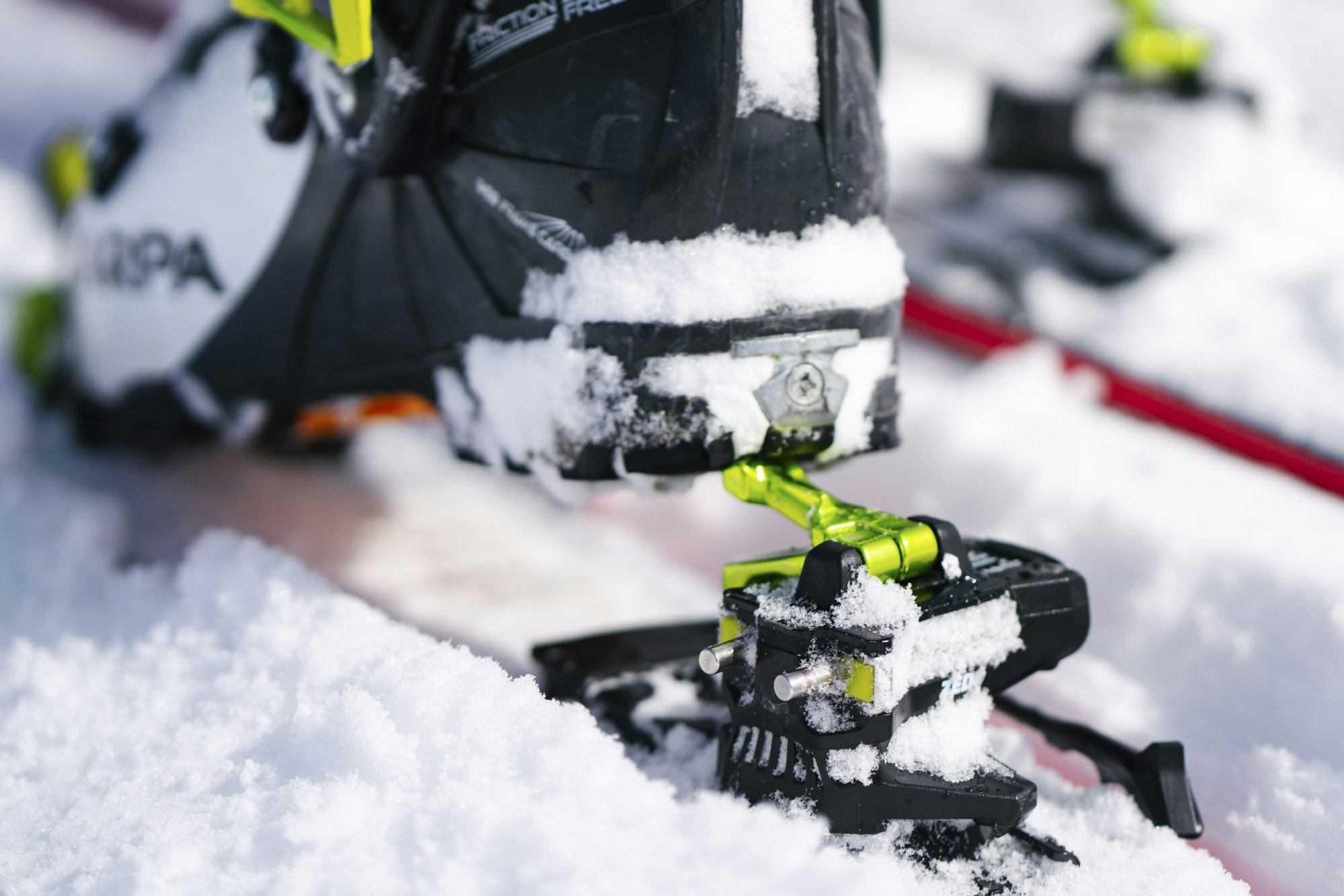
While the ION can be categorized as a hybrid binding for in and out of bounds, and the ZED is the better option for exclusive backcountry pursuits, Deiber expresses that it really comes down to personal preference. “We have athletes who ski really, really big lines in the ZED and athletes who do everything on the ION because they’ve been skiing it for years.”
Whether you’re splitting your time between the resort and the skin track, committed fully to out-of-bounds exploration, or just getting into the backcountry, G3 has a reliable option for you in both the ION and ZED. Available in multiple max DINs—10 and 12 for the ION, 9 and 12 for the ZED—as well as multiple break widths, there is truly a G3 binding for every backcountry user.
![[DEEP DIVE] G3 Bindings Review](https://www.datocms-assets.com/163516/1752782997-fs_g3_dd.jpg?auto=format&bg=FFFFFF&w=100)
![[DEEP DIVE] G3 Bindings Review](https://www.datocms-assets.com/163516/1752782997-fs_g3_dd.jpg?auto=format&bg=FFFFFF&w=1200)
![[GIVEAWAY] Win a Legendary Ski Trip with Icelantic's Road to the Rocks](https://www.datocms-assets.com/163516/1765233064-r2r26_freeskier_leaderboard1.jpg?w=200&h=200&fit=crop)
![[GIVEAWAY] Win a Head-to-Toe Ski Setup from IFSA](https://www.datocms-assets.com/163516/1765920344-ifsa.jpg?w=200&h=200&fit=crop)
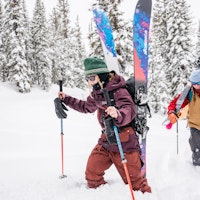
![[GIVEAWAY] Win a YoColorado X Coors Banquet Prize Package](https://www.datocms-assets.com/163516/1764877349-long-live-local-cooler-bag2.jpeg?w=200&h=200&fit=crop)
![[GIVEAWAY] Win a Legendary Ski Trip with Icelantic's Road to the Rocks](https://www.datocms-assets.com/163516/1765233064-r2r26_freeskier_leaderboard1.jpg?auto=format&w=400&h=300&fit=crop&crop=faces,entropy)


![[GIVEAWAY] Win a Head-to-Toe Ski Setup from IFSA](https://www.datocms-assets.com/163516/1765920344-ifsa.jpg?auto=format&w=400&h=300&fit=crop&crop=faces,entropy)




![[DEEP DIVE] G3 Bindings Review](https://www.datocms-assets.com/163516/1752782997-fs_g3_dd.jpg?auto=format&bg=FFFFFF&w=2000)